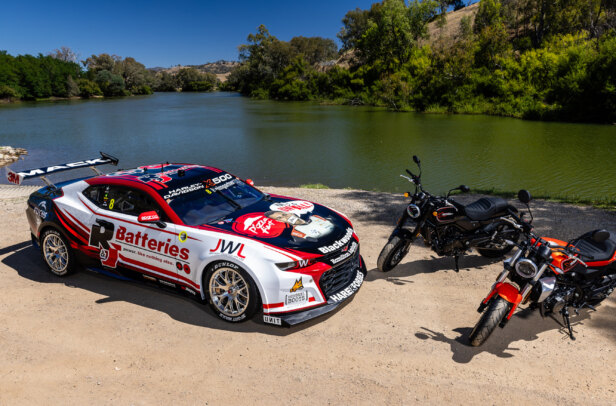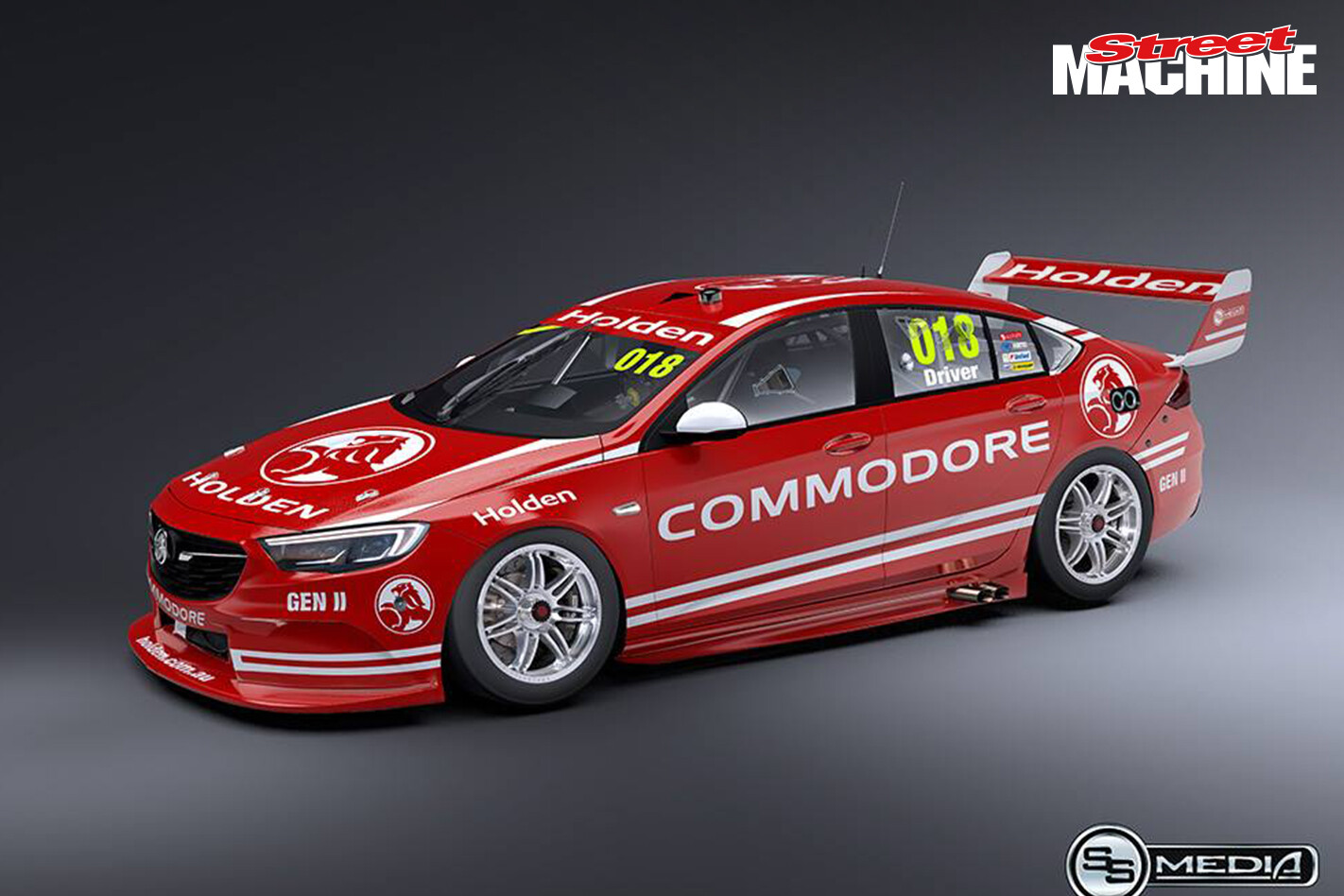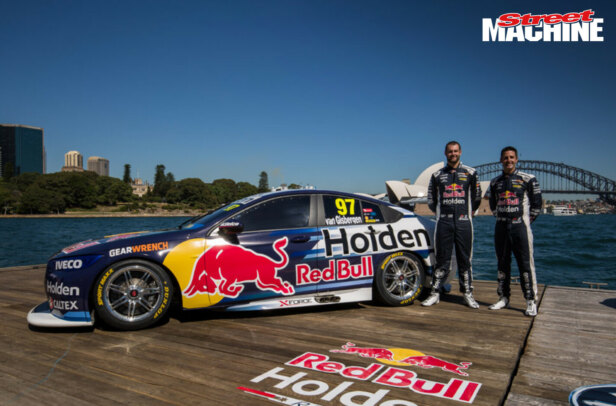THE Virgin Australia Supercars Championship is the premier category of car racing in this country, and the machinery used to contest the championship is of the highest grade. While we understand the loose basics of power and capacity of the engines used, it’s not very often we get a proper insight into what makes these mills tick. Here’s a breakdown of the Nissan V8s used by Kelly Racing.
Formerly known as Nissan Motorsport, Kelly Racing (KR) has been running Nissan Altimas in the Supercars category since 2013, when the regulations changed to allow more manufacturers to line up against Holden and Ford. As well as bringing in the Altima chassis and aero package, Kelly Racing fielded the first non-Ford/Holden engine in the category since the early 90s, and is one of the few Supercars teams to design and prepare its own engines in-house.
| Read next: Ford Mustang Supercar: Winning Ugly
The engine is based off of the VK56 5.6-litre alloy V8 from the Nissan Patrol. The race blocks are completely torn down before being re-sleeved, and then teamed with a custom-made crank and Carrillo rods, and Mahle pistons, to bring the cubes down to five litres and 10:1 compression, as per the category regulations. The mills are dry-sumped using a Dailey Engineering oil pump, with a billet sump plate made in-house to replace a conventional wet sump.
As well as being the only alloy block in the Supercars field, the Nissan V8s are the only ones to do away with pushrods and run overhead cams. The dual-cam alloy heads have been custom designed by Kelly Racing, so the race engine shares very little hardware with the factory Nissan V8.
The intake manifold and ITBs are also a KR design and made in-house from billet alloy. As pretty as they are, those ITBs spend most of their life shrouded in a massive carbonfibre airbox that KR also makes. Bosch 702cc injectors are used to fuel the deal, running the Supercars-specific Shell V-Power E85.
| Watch next: Blown Holden 253 V8 on the dyno – Video
Being a highly competitive sporting category, the Supercars engine rules and regulations are as tight as your mate at the pub on a Friday night. All engines must be approved by the Supercars technical inspectors for parity, and once they’re given the go-ahead they get sealed and cannot be opened until the Supercars technicians give the all-clear, to prevent any funny business with sneaky engine mods.
While having an OHC engine design should allow KR an edge over the rest of the pushrod competition, the Supercars regulations mean these donks don’t get to flex most of their muscle, for the sake of parity. Being OHC, the intake and exhaust duration can actually be controlled independently of each other for more power, but Supercars only allows KR to set the duration for all the cams at one point. Another case is the rpm limit; while peak power in these Nissan mills usually comes in at around 7300rpm in their current guise, testing has shown that the engines tend to make even more power once revved over the category limit of 7500rpm, where an OHC design comes into its own.
| Watch next: JUN II becomes first street Skyline GT-R into the sixes – Video
Power and economy figures are usually kept under wraps by most teams, but we can reveal that the donk featured in the video laid down 646hp at 7300rpm, with the ability to change the tune on the category-issued MoTeC ECU where required to account for variations such as weather.
While the peak 646hp may not seem all that impressive for an aspirated V8 these days, Kelly Racing and many other Supercar teams sacrifice peak horsepower in order to maximise mid-range grunt which is more usable in circuit racing, all while keeping to the Supercars regulation power limits.
It’s unclear what Kelly Racing’s future plans are in the category with the Altima or Nissan V8, but after six years of engine development, the crew reckons this is the best iteration of the engine yet.



Comments